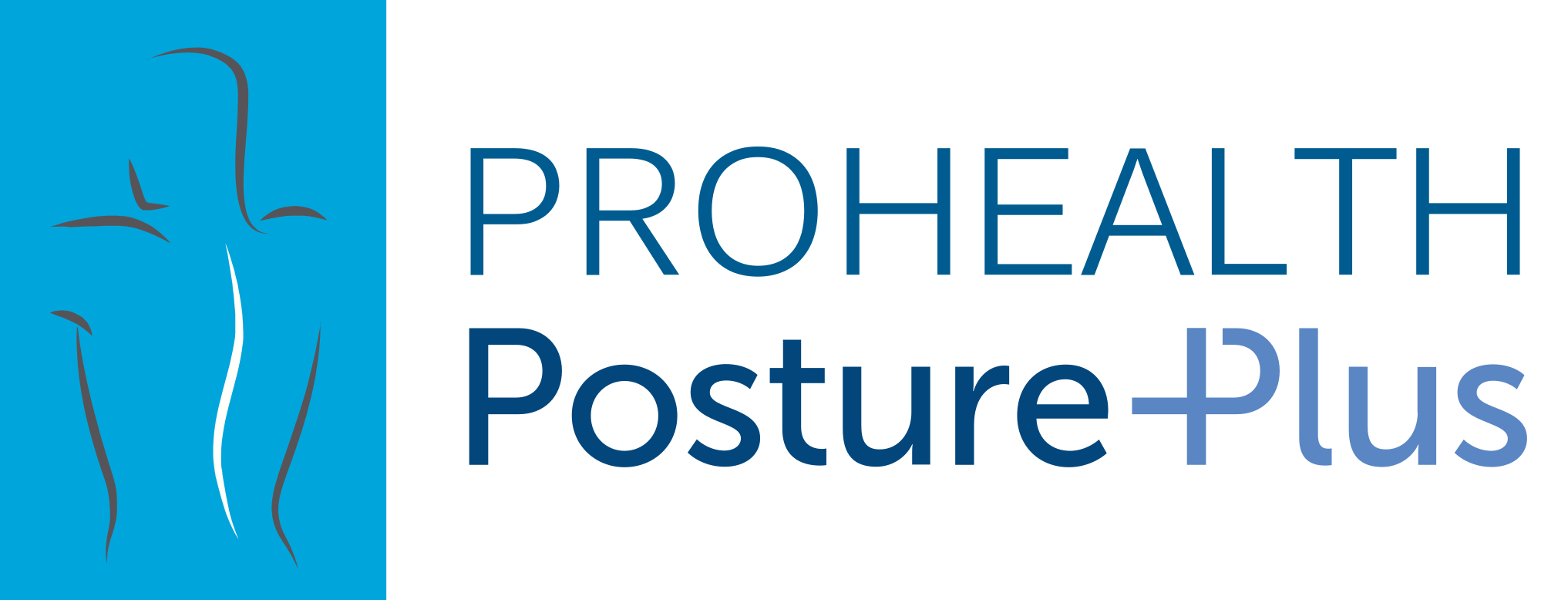
What Is Synovitis?
Have you ever heard the sentence “movement is life”?
Some people might think that it is logical without looking for an explanation, some others will be skeptical, thinking that they usually get injured because of a specific movement.
Today, I will review the distinction between the healthy and the injury-prone motion of our joints, and my treatment approach as an Osteopath.
Our body has the ability to achieve smooth movement like a well-oiled machine thanks to a liquid present in our joints: the synovial fluid. Up to 80% of our articular cartilage (which covers our joint surfaces), is made up of synovial fluid.This fluid plays an essential role in lubricating our joints as well as ensuring the safe support of our body weight and the transfer of forces through the joints.
It is important to note that cartilage is porous, so our synovial fluid “leaks out” every day. Continuous loss of the fluid leads to a considerable decrease in cartilage thickness and therefore an increase in friction between joint surfaces. The loss of cartilage through this friction can lead to Osteoarthritis, the most common type of arthritis.
Picture a tire with holes in it, letting air escape; it would lose pressure and no longer be able to support the weight of the car. Cartilage works the same way- once fluid flows out, it can no longer support normal loads.

How do we drive fluid back into the cartilage?
Let’s use our tire analogy again, but this time, the car is driving on a wet road. Pressure (hydrodynamic) accumulates as water is squeezed into the gap between the road and the tire. As the speed increases, pressure builds up within the tire and it can fully support the weight of the car. The car is more or less physically “gliding”, or hydroplaning.
Now back to our cartilage being porous, researchers have found that a specific speed of movement is needed for the same phenomenon to occur with the synovial fluid in our joints. In a research study which focused on knee joints2 it was calculated that at a sliding speed of 60 millimetres per second, the synovial fluid was not leaking out and the cartilage had the capacity to support our weight. That sliding speed more or less corresponds to our normal, walking pattern!
With this understanding and additional studies, researchers have been able to prove that physical activity is not necessarily injurious, and to the contrary, the more active you are the more you will decrease your risk of Osteoarthritis. These results can help us change our perception and approach when dealing with joint aches and pains, as well as how we adapt our level of physical activity.

What is Synovitis?
While a lack of basic physical activity can be harmful to the joint, joint pain can also be due to inflammation of the synovial fluid. This process, Synovitis, can often be triggered in healthy, active persons who are subject to repetitive movements. We also commonly see clients who present with joint synovitis after a sudden and rapid increase in exercise – “the boom or bust” fitness programme.
An active individual can also develop symptoms if they have an unbalanced pelvis, which leads to an increase in weight bearing on one leg more than another. This particular overload process is also regularly triggered in overweight individuals. Depending on the severity of the inflammation, cases might present with obvious joint swelling, feel hot to touch, and may have redness around the joint. If dysfunction is left untreated or unchecked, joint pain caused by synovitis will force your body to compensate, leading to stress on other structures to do the work of the injured joint. This in turn will rapidly cause pain to be felt in areas distant from the original problem. It is very common for clients to seek treatment because of the referred pain caused by the compensation, and through careful analysis, an Osteopath will be able to follow the links back to and treat the original problem.
How do we treat Synovitis?
Anti-inflammatory drugs will help to decrease painful symptoms, however, they are only a short-term fix and the underlying biomechanical issues need to be assessed in order to promote long term joint health. Manual therapy aims to increase the space in the joint capsule in order to relieve the inflammation. Therapy also targets rebalancing of weight bearing asymmetries through a structural approach and encourages the body to adapt to the changes.
An Osteopath will aim to achieve long-term adaptation by inhibiting as much as possible the predisposing factors of injury or aggravation. Acute phases of inflammation for example will be approached first with work on soft tissues such as muscle fibres and tendons surrounding the joint in order to release pressure. Connective tissues such as ligaments and cartilage may also be treated through mobilisation techniques as well as articulation of the joint through its normal ranges to relieve the capsule’s inflammation. Stronger manipulations such as HVTs (High Velocity/Low Amplitude Thrusts) that you might associate with “cracking techniques” may also be considered appropriate to treat dysfunctional joints.
Joint pain and inflammation can be assessed and effectively treated without forcing you to stop doing the exercise you love to do.
References
- David Burris, University of Delaware
- Daniele Dini, Tribologist, Imperial College London
- Charles Q. Choi, Scientific NY Times
